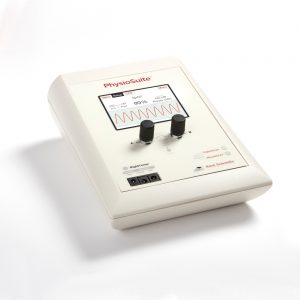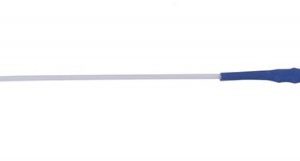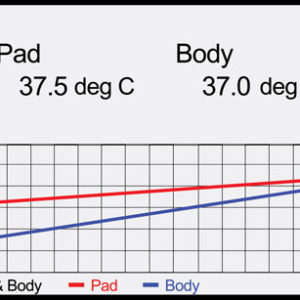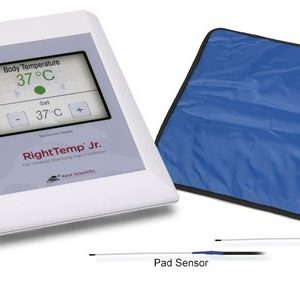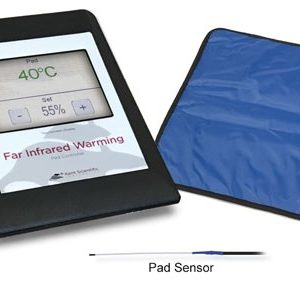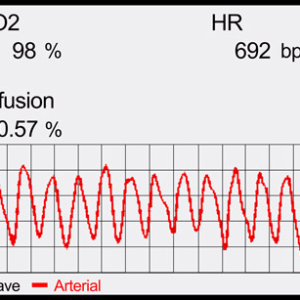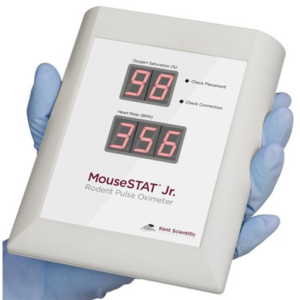
About Physiological Monitoring
Monitoring vital signs during research protocols is critical to achieving successful outcomes, acquiring solid research data and publishing reliable findings. Our physiological monitors for pulse oximetry, heart rate, end-tidal CO2 and noninvasive blood pressure provide state-of-the-art performance while ensuring animal well-being.
The Importance of Physiological Monitoring in Preclinical Research
Laboratory animals are a valuable resource. Using mice and rats as surgical models for biomedical research represents a significant investment of time and money. Researchers who are privileged to work with live animals bear a responsibility to respect their resources and understand that it’s important to do everything possible to achieve the most accurate data, while at the same time maximizing the safety of the animals.
One of the most important methods of achieving successful results is to reduce variables by closely monitoring and maintaining the animal’s physiological processes during surgery.
Anesthesia causes major changes to bodily systems and represses the body’s normal protective responses, so it’s necessary to closely track those changes, not only to obtain more successful results, but to reduce complications and increase the safety of your animals.
Small Animals Require Special Equipment
The 8th Edition of the NIH Guide for Care and Use of Laboratory Animals specifies that when using anesthesia with laboratory animals, it is necessary to undertake precise physiological monitoring using equipment such as vaporizers and pulse oximeters.
In the past, physiological monitoring equipment for laboratory mice and rats has been adapted from equipment designed for human use. But laboratory mice and rats have physiological characteristics that are significantly different than other animals and humans, including smaller organs, faster heart rates, and reduced respiratory volumes.
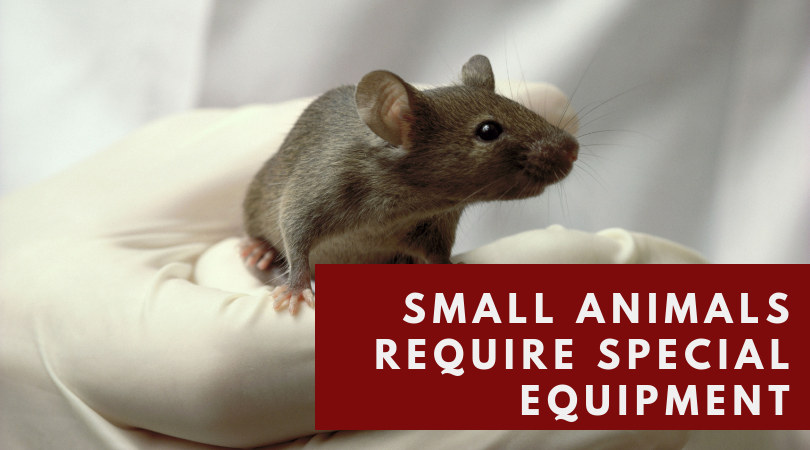
Accurately and safely monitoring the physiological status of rodents and other small animals during surgery requires devices specifically designed for smaller animals that are able to track and adjust to changes in body temperature, heart rate and respiration during anesthesia and surgery.
Human observation is also important during surgery, but electronic monitoring devices have significant advantages over visual observation. These benefits include the ability to register changes so slight as to be undetectable to human perception, continuously and accurately assess the animal’s physiological status, and raise an alert when the animal is in physiological distress.
For all these reasons, physiological monitoring with specialized equipment designed for use with small animals is essential to protecting animals and obtaining better research outcomes.

